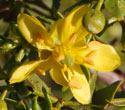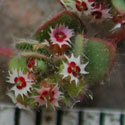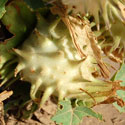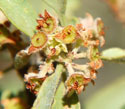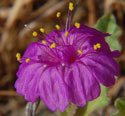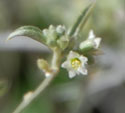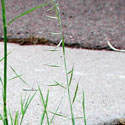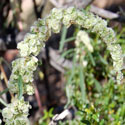Introduction
This is an area of recent Quaternary lava flows and deep alluvial silt and sand left by the nearby Gila River. It is also a crossroads of human travel and adventures as pioneers traversed the desert while keeping the Gila River and its water supply nearby. Painted Rock refers to the many petroglyphs recording human occupations that preceeded Columbus and Spanish Conquistadors. Today, level, rock-free areas are devoted to irrigated agriculture with cotton, sorghum and alfalfa the principle crops.
The Gila River of today is also completely dry for years at a time. Painted Rock Dam was constructed between two lava flows on either side of the river. A state park was once located at the reservoir and fishing was popular. However, toxic pollution build-up and resulting contaminated fish forced authorities to close the park. The dam's purpose today is primarily flood control; every few years the Sonoran Desert and the high country to the east are deluged with rain forcing upstream dam operators to release water. Depending on the quantity of water in the impoundment, many birds may be present. Exceptionally a large, shallow lake can flood the area. After extended drought the lake may evaporate nearly completely.
Google Map
use controls to zoom or navigate
Link Below for Large Map
View Painted Rock Mountains in a larger map The outline area indicates the extent of the Sentinel Plain lava flow - change the view of the map to 'satelite' and you should be able to pick out this feature. The vent from which the lava flowed is Sentinel Peak indicated by the volcano symbol. The green tent locates the BLM Petroglyphs campsite.
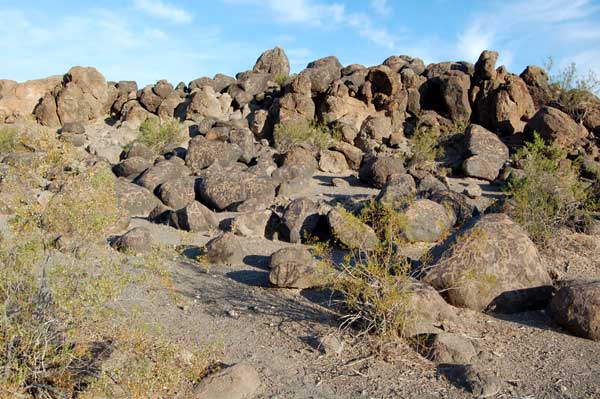
Painted Rock is a mound of basaltic rocks that have attracted rock artists for millenia. Part of the camp host's responsibility is to protect these rocks from vandals as well as tourists unaware of the archeological value of ancient petroglyphs. Photographed Nov. 2, 2008.
Directions
From the Phoenix area head west on I-10, then turn south on Hwy 85 to Gila Bend. After passing through town and getting water and supplies enter onto I-8 West towards San Diego. The exit for Painted Rock Rd. is about 14 miles. There is a highway sign pointing to the BLM Painted Rock camp site.
The camp site is maintained by the Bureau of Land Management and is near the petroglyph site. The camp fee was $8. There is a restroom and usually a camp host to maintain order. There is no gas or food available in the area - come prepared.
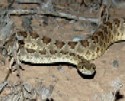
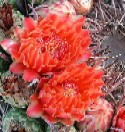
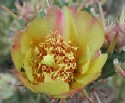
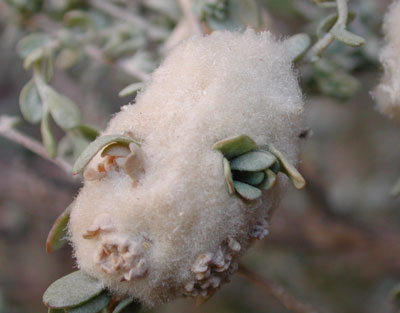
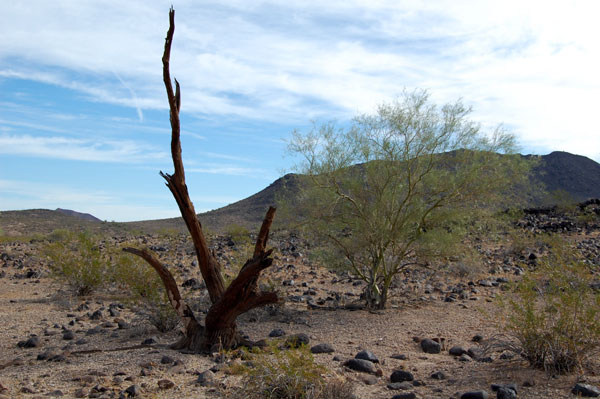 A surprising number of butterflies were on the wing. These
included the
A surprising number of butterflies were on the wing. These
included the 